As October 2025 unfolds, the crypto landscape is witnessing a profound shift beyond digital assets and financial services. Decentralized Physical Infrastructure Networks, or DePIN, are rapidly moving from niche concept to mainstream adoption, positioning themselves as a pivotal force in Web3’s evolution. This burgeoning sector harnesses blockchain technology to incentivize individuals and communities to build, maintain, and operate physical infrastructure, promising a future of truly decentralized, resilient, and user-owned services that span from wireless connectivity to global mapping and compute power.
Understanding the DePIN Paradigm Shift
DePIN represents a revolutionary approach to infrastructure development, moving away from centralized corporate control towards a distributed, community-driven model. At its core, DePIN leverages cryptocurrency tokens to reward participants for contributing resources—such as bandwidth, storage space, sensor data, or computing power—to a shared network. This token-based incentive mechanism fosters rapid growth and geographical expansion, democratizing access to and ownership of critical infrastructure.
- Decentralization: Reduces reliance on single points of failure and monopolistic entities.
- Incentivization: Token rewards drive participation and resource contribution from a global community.
- Transparency: Blockchain ensures verifiable contributions and immutable records of network activity.
- Efficiency: Often results in lower operational costs compared to traditional models due to distributed effort.
Key Verticals Driving Real-World Utility
The applicability of DePIN is vast, impacting numerous industries and creating tangible utility in the physical world. Several key verticals are already demonstrating significant traction and attracting substantial investment:
- Wireless & Connectivity: Networks like Helium continue to expand their decentralized 5G and IoT coverage, allowing anyone to host a hotspot and earn tokens for providing internet access or facilitating data transfer for smart devices.
- Decentralized Storage: Projects such as Filecoin and Arweave offer robust, permanent, and censorship-resistant data storage solutions, challenging traditional cloud providers with competitive pricing and enhanced security.
- Compute & Processing: Render Network and Akash Network enable distributed GPU rendering and cloud computing, allowing users to tap into unused processing power globally for complex tasks like AI training and media rendering.
- Mapping & Geo-data: Platforms like Hivemapper incentivize drivers to collect street-level imagery and mapping data, creating up-to-date, decentralized maps that rival centralized alternatives.
- Energy Grids: Emerging DePIN projects are exploring how to decentralize energy production and distribution, fostering peer-to-peer energy trading and more resilient local grids.
Investment Surge and Ecosystem Maturation
The past year has seen a significant acceleration in venture capital funding and institutional interest flowing into the DePIN sector. Investors are recognizing the long-term potential of these networks to disrupt multi-trillion-dollar industries. This influx of capital, combined with a maturing technological stack and increasingly user-friendly interfaces, is fostering a robust ecosystem of developers, hardware manufacturers, and end-users. Scalability solutions, including Layer-2 networks and specialized DePIN blockchains, are also addressing previous bottlenecks, paving the way for mass adoption.
Challenges and the Path Ahead
Despite its explosive growth, DePIN faces its share of hurdles. Regulatory clarity remains a persistent challenge, particularly regarding the classification of utility tokens and ensuring compliance across diverse jurisdictions. Bootstrapping network effects and ensuring consistent quality of service in fully decentralized environments also require innovative solutions. However, the inherent benefits of decentralization—resilience, transparency, and community ownership—are powerful drivers that suggest DePIN is poised to overcome these obstacles. The sector’s trajectory indicates a future where physical infrastructure is increasingly built, owned, and governed by the very communities it serves.
Conclusion
DePIN is undeniably shaping up to be one of the most transformative narratives of Web3, bridging the gap between digital economies and the physical world. By leveraging blockchain to incentivize real-world contributions, these networks are not only creating new opportunities for wealth distribution but are also building more robust, censorship-resistant, and community-centric infrastructure for the 21st century. As we look towards 2026, the continued acceleration of DePIN promises to redefine how we interact with, build, and benefit from essential services globally.
The post DePIN Takes Center Stage: Web3’s Real-World Infrastructure Revolution Accelerates in 2025 appeared first on FXcrypto News.









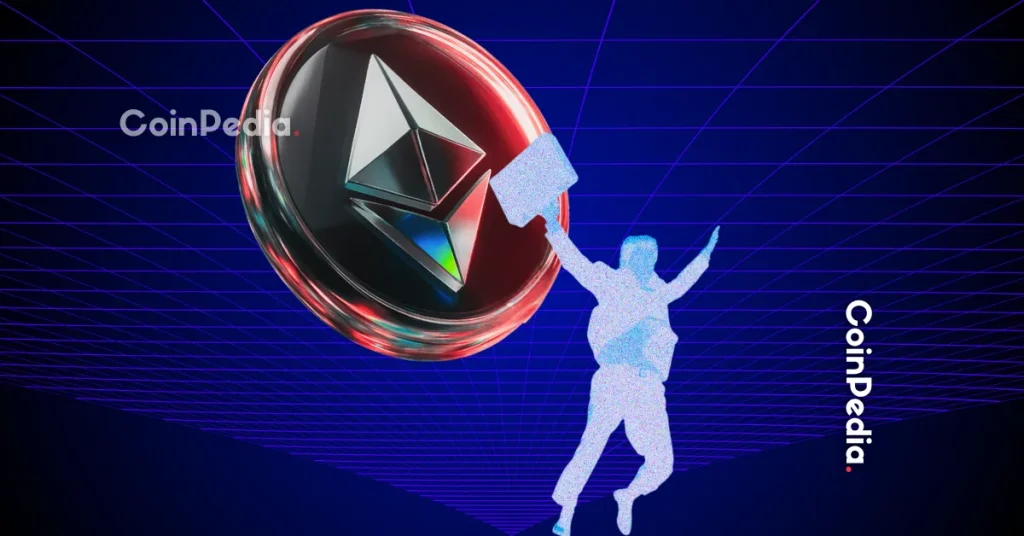


![Crypto News Today [Live] Updates On October 28 2025](https://image.coinpedia.org/wp-content/uploads/2025/05/31122324/crypto-news-1024x536.webp)
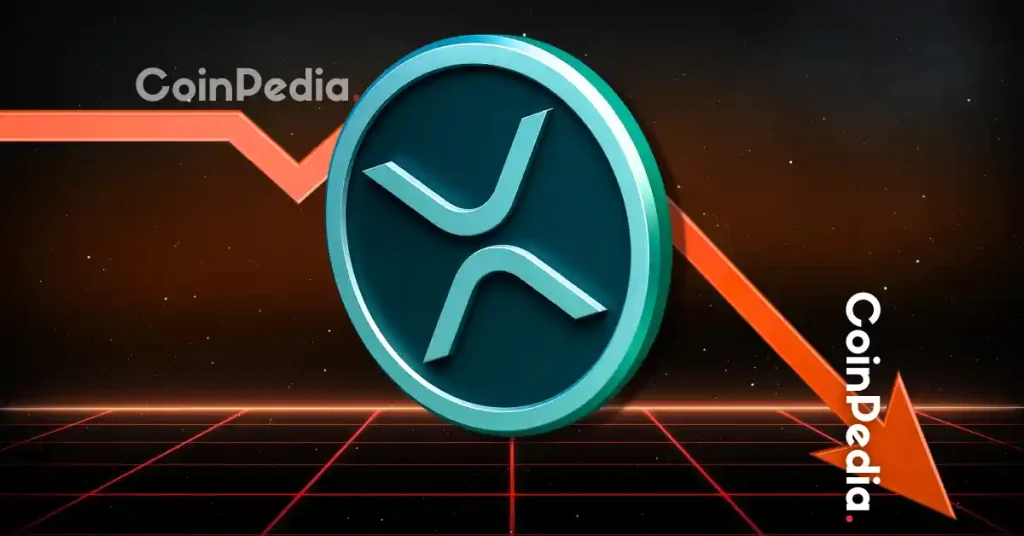

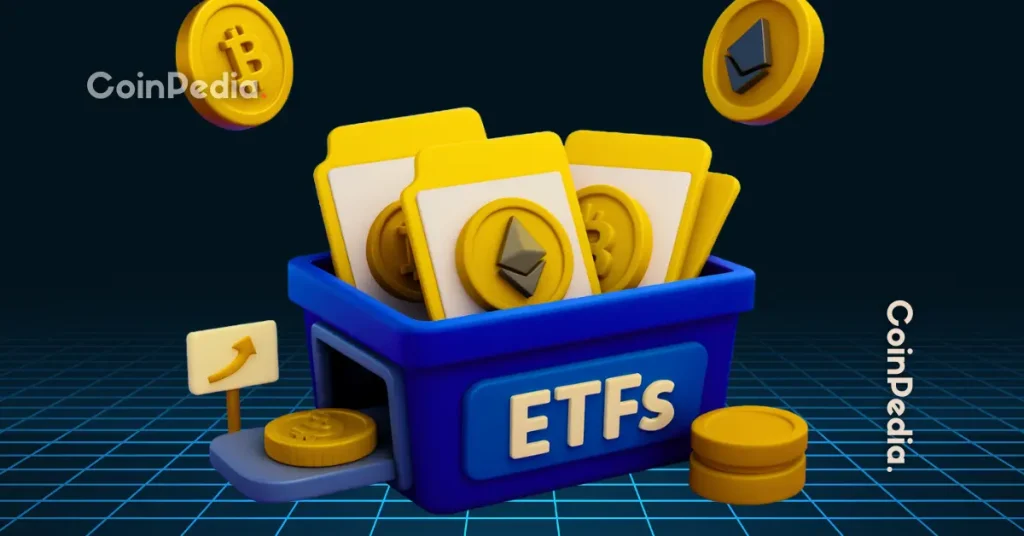





 24h Most Popular
24h Most Popular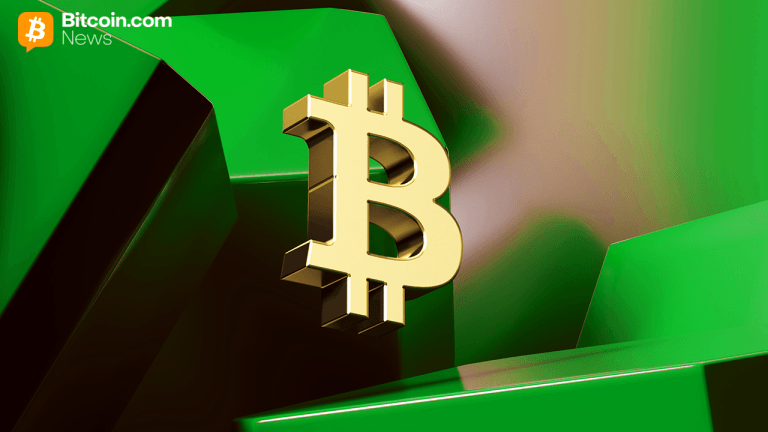
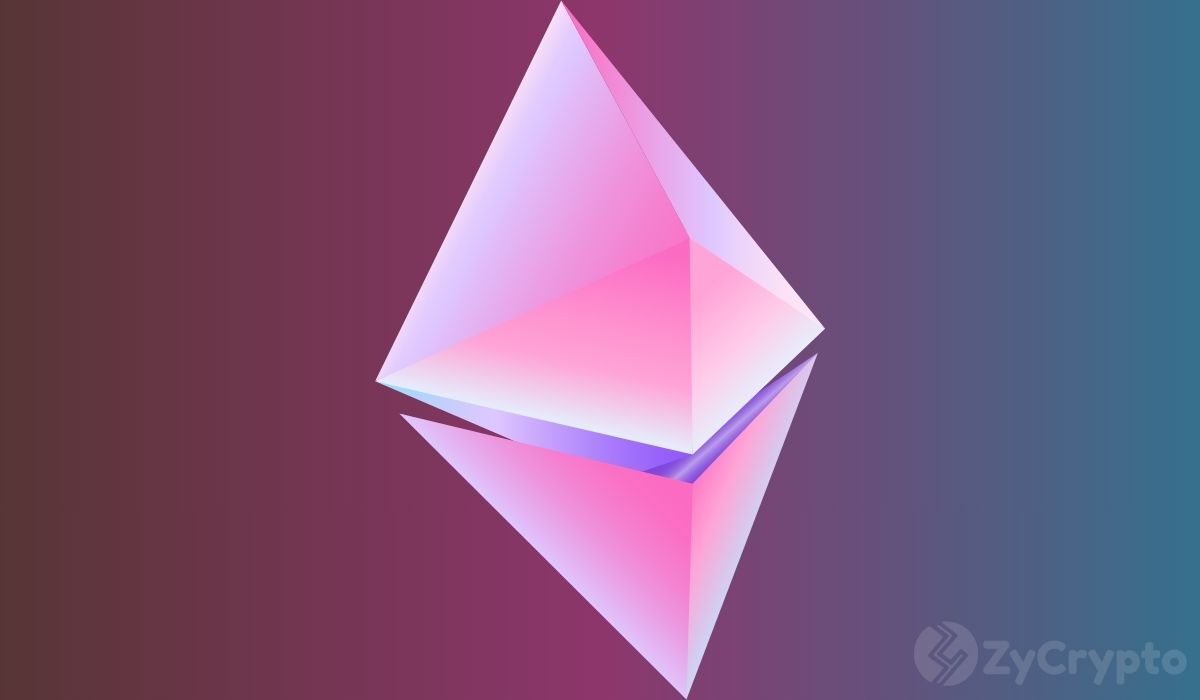




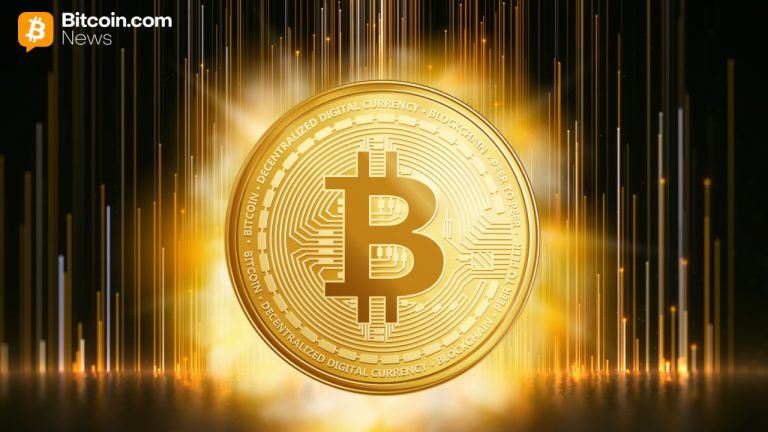
 Utilities
Utilities